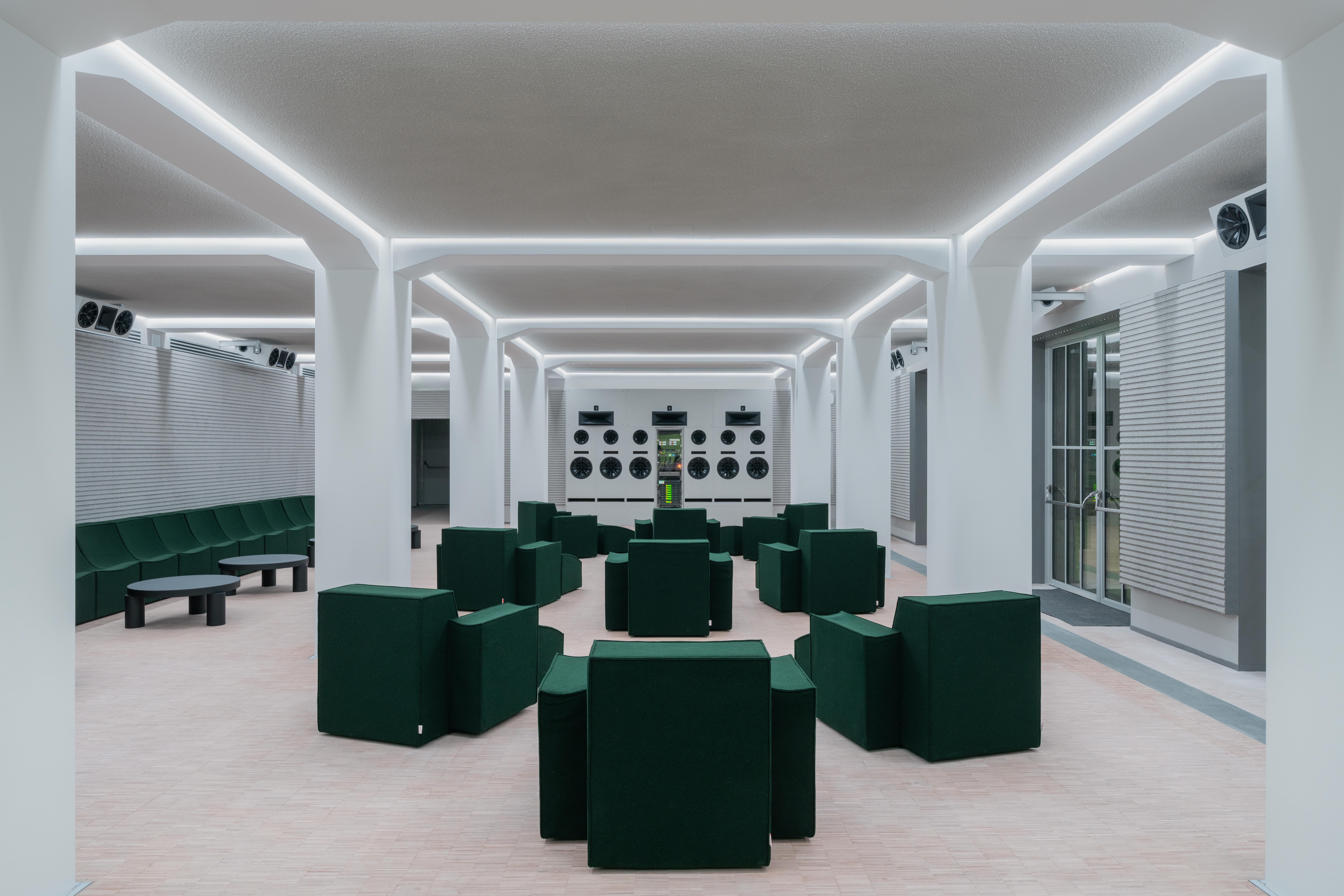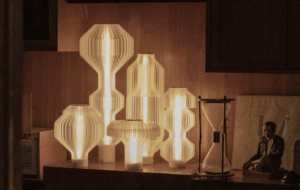|
|
||
|
Peter Smisek on why this much-maligned group matters, and should continue to No one likes being called a starchitect. Especially anyone who, by all accounts, is one. The label conveys arrogance, vacuity and an unfortunate habit of nonchalantly imposing signature buildings on cities around the globe. But never fear: according to critics and academics, the starchitect is no more. The economic crisis, we are told, killed off the generous financing that made iconic architecture possible. And, of course, people never liked it anyway. China even passed a law outlawing oversized and ‘xenocentric’ buildings. With the novelty worn off, architects are instead searching frantically for some sense of moral purpose. Apparently. A more convincing narrative might involve the increasing irrelevance of starchitects on our landscapes. By accepting commissions for formally imitable icons, those at the top of the pecking order precipitated their own demise. Skyscrapers, perhaps the most publicly visible structures determining the look and branding of our cities, are now largely designed by anonymous, corporate firms: the tallest building in the world, the Burj Khalifa, by KPF; the tallest building in Shanghai by Gensler; the city’s second tallest by Aecom; New York’s Freedom tower by SOM. The tallest tower under construction in the City of London is designed by PLP. Capable practices, perhaps, but not stars. So why do we need their more famous brethren? Simply put, hallowed practices and individuals are hallowed for a reason. They innovate in form, rhetoric, design process or engineering. Their buildings are more or less compromised results of this patient research. It will be a while before Gensler designs an opera house or a library whose worth amounts to more than just impressive size or broken height records. The products of such firms tend towards pastiche, taking the latest, trendy diagrams and stylistic garnishes to their logical, absurd conclusion, representing an unquestioned surrender to market forces and fashion. In this scenario, architects are reduced to service providers without any real agency, giving a suitably palatable skin to cold, hard square metres of real estate. The bulk of London’s new housing must surely serve as a cautionary tale, where the market ‘demands’, and can only ‘bear’, single-aspect plans, ensuring a series of poky rooms along dark, featureless corridors, all clad in the locally acceptable shade of glass, aluminium or, of course, brick. Without starchitects, this tragic fate would befall all buildings. The still somewhat exciting cultural buildings, parks and skyscrapers they produce would be replaced by formulaic and parasitic iterations of once innovative structures, creating an increasingly safe, beige environment through the relentless combined logic of economic forces and cronyism. Yet for all this, today’s generation of starchitects is still innovating. We can thank Bjarke Ingels for adding ‘architectural bigamy’ and ‘hedonistic sustainability’ alongside ‘yes is more’ to our jargon. BIG is bigger than ever, and thankfully the crisis did little to diminish the developers’ and city officials’ clamour for its easily digestible diagrams. Frank Gehry managed to push his formal experiments onto new tall buildings. Beleaguered but still building, Jean Nouvel and Santiago Calatrava produce their otherworldly sensual structures, which are meant to uplift ordinary people as much as municipal reputations. ZHA has tens of ongoing projects around the globe, and Patrik Schumacher’s Randian posturing may even endear the firm to a new crop of autocratic and/or über-wealthy patrons. Rem Koolhaas and OMA still produce the odd masterpiece, though now it’s as likely to be a sublime refurbishment as a novel landmark. The more things change, the more they stay the same. More than anything, starchitects are public-relation champions for architecture, and always have been, with soft power that extends from the cultural into the political, whether Le Corbusier flogging his verdant, radiant city or Mies van der Rohe arguing that the only signature a building needs is the one the architect puts underneath a final drawing. Later, Robert Venturi and Denise Scott Brown argued for a more popular, and populist, built environment, while Philip Johnson practised a form of architectural promiscuity that would make Ingels blush. Then, as now, there have been excesses, yet every new star moved the discourse forward. The good news is that there are plenty of younger practitioners who, while keen to avoid the starchitect badge, possess the same media presence. Alejandro Aravena, after a string of honours, once again turned the world’s attention to precarious living conditions the world over. Sou Fujimoto and Junya Ishigami, in the best Japanese tradition, still push the outer reaches of what architecture can be. The 20 or so members of Assemble use their privileged position to engage local communities and disrupt conventional regeneration practices. We shouldn’t be keen to write off starchitects. Doing so would only undermine the fragile influence they wield. What we need more are thoughtful experts and a better-educated public, keeping the architectural vanguard in check, yet giving them their critical dues, while also demanding that their skilled, if ultimately less inspiring, followers produce worthy derivatives. |
Words Peter Smisek |
|
|
||



















